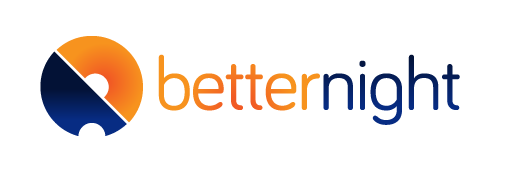0486 The Effect of Acoustic Resonance Therapy on CPAP Adherence
Dominic Munafo, Paramesh Gopi, Vivek Mohan, Peter Hwang, Bryant Lin, Elan Hekier, Bretton Lane, Christy Guerrero, Betsy Dauphin, Clete Kushida
Sleep, Volume 46, Issue Supplement_1, May 2023, Page A216, https://doi.org/10.1093/sleep/zsad077.0486
Published: 29 May 2023
Abstract
Introduction
CPAP is the gold standard therapy for OSA. Unfortunately, a significant percentage of patients do not tolerate CPAP therapy. Of those who struggle, a significant portion state that nasal congestion is a limiting factor. Acoustic Resonance Therapy (ART) is a new non-medication based treatment for nasal congestion. We sought to determine if patients struggling with Medicare CPAP adherence and reporting nasal symptoms would benefit by the addition of ART.
Methods
This was an IRB approved, prospective, non-randomized, controlled pre-/post-treatment study. Twenty-five adult participants with an OSA diagnosis (AHI>5) were enrolled by BetterNight (OSA management, San Diego, CA). Participants were new to CPAP within the previous 90 days and were not Medicare adherent. Participants self-reported nasal congestion as a significant contributor to non-adherence. After struggling with CPAP for varying durations, participants began the Sonu vibrational headband system (SoundHealth Systems, Los Altos, CA) for 15 minutes each evening, immediately prior to wearing CPAP, on 28 sequential nights. The Sonu headband is worn circumferentially just above the eyebrows. It utilizes a smartphone application and the self-facing camera to capture a facial scan and estimate sinonasal volume which determines the appropriate resonant frequencies and harmonics. Two vibrational transducers produce a signal in the audible acoustic range, from 80 Hz to 16 KHz. Total nasal symptom scores (TNSS) were obtained at baseline and self-reported daily during Sonu use.
Results
Participants were 64% male, age 48.2±12.9, AHI 31.6±22.7, BMI 32.5±6.6 (mean±SD). On days the 25 participants used CPAP, mean hours (h) of use increased during the intervention from 2.7h±1.9 to 4.0h±2.2 (48%,p=0.004). On a subset of 12 participants for whom 28 days of pre/post data was available, mean total hours of CPAP use increased from 64.8h±51.6 to 94.0h±59.4 (45%,p=0.0107). CPAP Medicare adherence increased from 30.0%±27.4 to 45.8%±35.0 (53%,p=0.0175). TNSS decreased from 4.8±2.2 to 2.1±1.9 (-56%,p=0.0016).
Conclusion
The use of the Sonu headband was associated with increased hours of CPAP use, improved CPAP adherence and reduced nasal symptoms.
